Sebastião Salgado, a Brazilian photographer, and photojournalist, has made an indelible mark on the world of photography and beyond. Born in 1944, he initially embarked on a career in economics but found his calling in the artistic expression of human struggle and natural splendor. This post explores Salgado’s remarkable journey, the essence of his photographic work, and the legacy he continues to build through his published collections.
The Early Years and Transition to Photography

A Turn of the Lens
Sebastião Salgado was born in the rural town of Aimorés, Brazil. Originally, he pursued a career in economics, gaining a master’s degree in the field. But the lens called him, and Salgado found himself drawn away from economic theories towards the world of photography. His new profession allowed him to engage more closely with societal issues, which remains at the heart of his work to this day.
First Photographs and Humanist Leanings
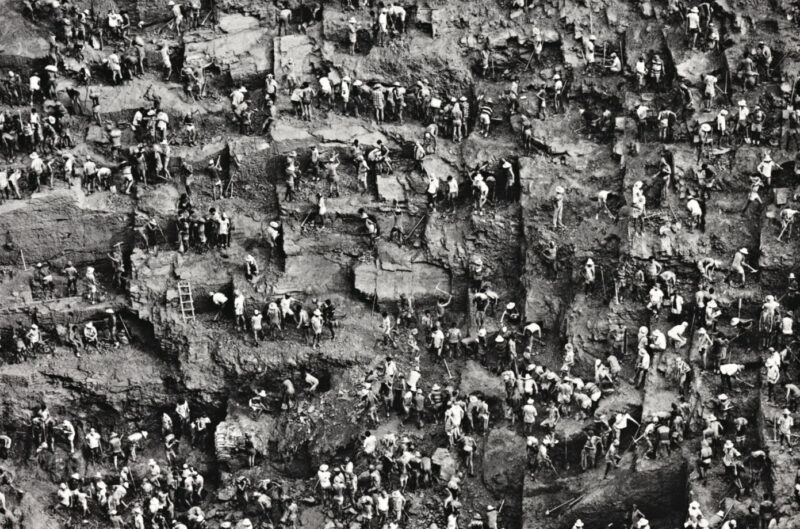
As he moved into the realm of photography, Salgado’s early work bore testament to his deep humanitarian concerns. He documented lives and labor across South America, which had been shaped and often distorted by regional economies. His photographic style echoed the grit and hardiness of these laboring communities, employing deep contrast and rich texture to portray the human struggle.
Taking Flight
In the mid-1970s, Salgado relocated to Paris, where his photography career truly began to bloom. Working with international press agencies, he was assigned to capture significant world events. This exposed him to diverse cultures, conflicts, and global social issues that would continue to shape his perspective and work in the decades to come.
A Distinct Photographic Style
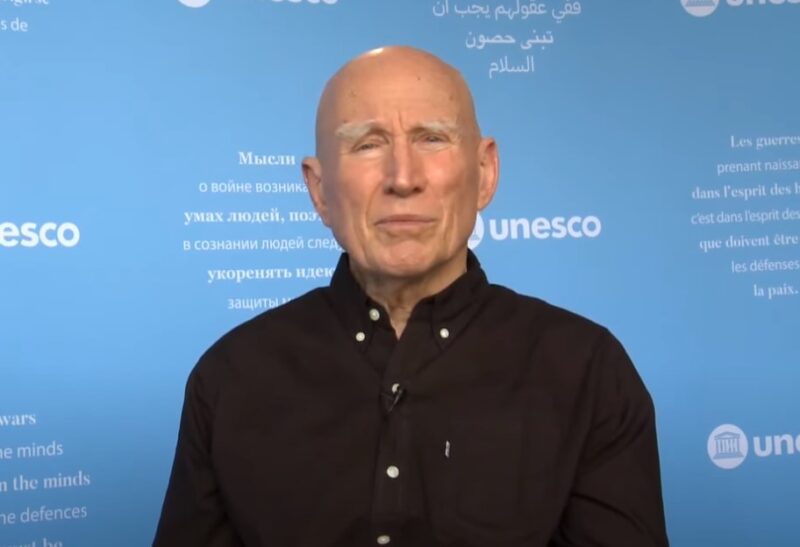
The Monochrome Mastery
Salgado’s work is most recognized for its compelling black-and-white composition. This monochromatic approach enhances the dramatic quality of his images, heightening the stark realities of his subjects. The absence of color strips away distractions, forcing the viewer to confront the raw essence of the subject matter.
Human Struggle and Dignity
In his images, Salgado often captures the monumental human struggle, but he equally emphasizes the resilience and dignity of his subjects. Whether it’s workers toiling in Brazilian gold mines or displaced populations navigating dangerous terrains, the narrative thread of human strength binds Salgado’s vast and varied portfolio.
Compositions of Contrast
Salgado’s mastery lies not only in the subject matter but also in his ability to manipulate light and shadow, achieving a dramatic contrast that amplifies the impact of his images. His photographs are visual symphonies, harmonizing the play of darkness and light, depth and texture, detail and scale.
Renowned Photographic Series
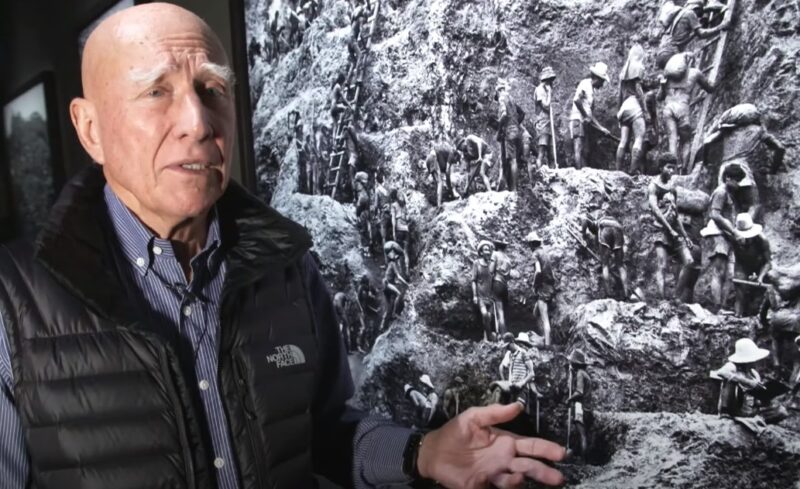
“Workers” – An Archeology of the Industrial Age
Salgado’s “Workers” series captures the end of large-scale manual labor, documenting workers from various industries around the globe. From ship-breaking yards in Bangladesh to oil wells in Kuwait, Salgado crafts an intimate and epic tribute to the human capacity to endure and adapt.
“Migrations” – The Chaos of a Globalizing World
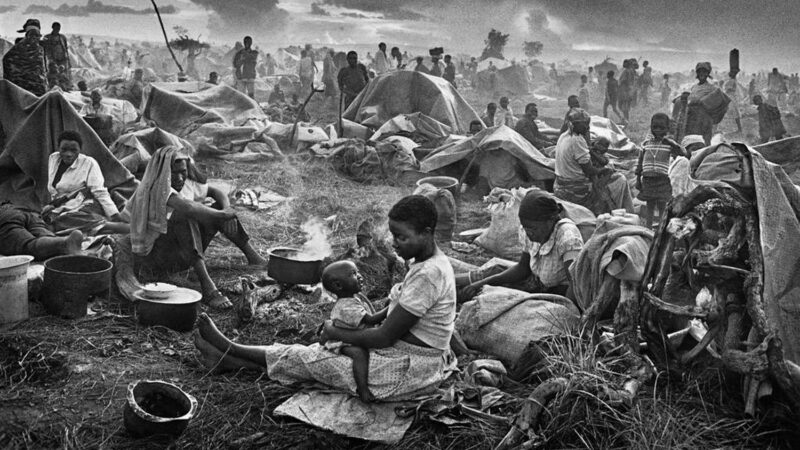
“Migrations” is Salgado’s exploration of population movements in the late 20th century. In over 350 photographs, he portrays the mass human displacement driven by factors like war, famine, and economic hardship. Yet, through this upheaval, Salgado uncovers shared moments of love, hope, and solidarity, reminding us of our shared humanity.
“Genesis” – A Hymn to Planet Earth
After the disheartening realities portrayed in “Migrations,” Salgado turned his lens to untouched regions of the world, culminating in the “Genesis” series. Documenting landscapes, wildlife, and indigenous communities, “Genesis” is Salgado’s love letter to the planet’s beauty and diversity.
Books: A Legacy in Print
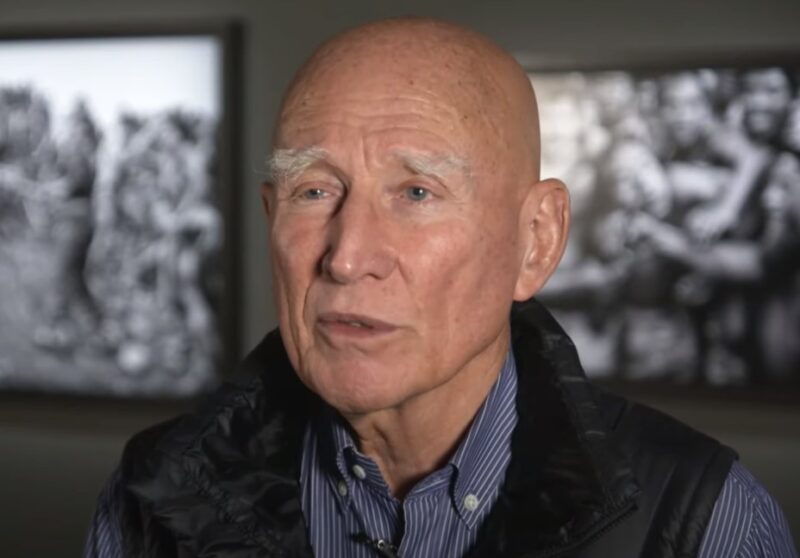
Expanding the Frame through Books
Salgado’s work is not only confined to exhibitions and galleries. Many of his significant projects have been transformed into published books, allowing his photography to reach a wider audience. These books have played a crucial role in defining Salgado’s career and sharing his vision with the world.
Major Publications
Salgado’s published collections include:
- “Other Americas” (1986) – An intimate look at the lives of Latin Americans.
- “Sahel: The End of the Road” (2004) – A haunting chronicle of the Sahel region’s devastating drought.
- “Workers” (1993) – A tribute to manual laborers worldwide.
- “Migrations” (2000) and “The Children” (2000) – Documentations of global displacement.
- “Africa” (2007) – A collection capturing the diversity and grandeur of the African continent.
- “Genesis” (2013) – A celebration of the world’s pristine territories.
The Impact of Print
Salgado’s books amplify the depth and breadth of his photographic projects. They offer comprehensive narratives, underscoring the interconnectedness of his various series. Moreover, in the era of fleeting digital impressions, these books serve as enduring artifacts, immortalizing Salgado’s work.
Legacy and Continuing Influence

Paving the Way for Future Photographers
Sebastião Salgado’s extensive body of work has revolutionized documentary and social photography. His unique stylistic approach and deep commitment to societal issues have influenced countless photographers, inspiring them to use their art to reveal and confront global realities.
Activism Through Art
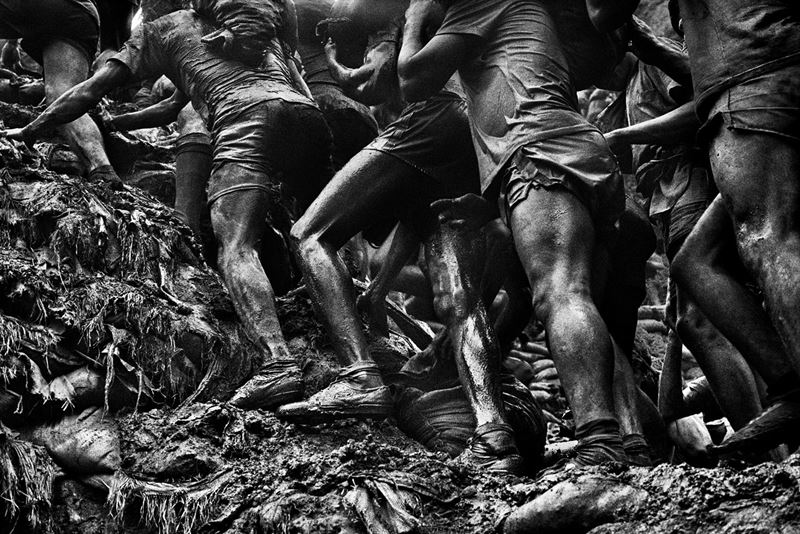
Beyond his photographic contributions, Salgado has also used his platform to advocate for environmental and social causes. Alongside his wife Lélia, he established Instituto Terra, a reforestation and education project in his native Brazil. His work thus extends beyond the frame, effectuating tangible change in the world.
The Man Behind the Lens
Sebastião Salgado is more than a photographer. He’s a historian, a humanist, an activist, and an artist. His work is not merely an act of capturing moments but a process of revealing truths — about human endurance, shared experiences, environmental crises, and the resilience of our planet. His legacy continues to illuminate our understanding of the world and our place within it.
Embracing Documentary Photography

Pioneering Photojournalism
Sebastião Salgado pioneered a style of photography that combines artistic quality with a journalistic approach. His images don’t merely capture the visual but narrate stories of the subjects he engages with. His work became synonymous with the term “documentary photography,” pushing the boundaries of the genre, making it both aesthetically pleasing and thematically profound.
Capturing Invisible Stories
While Salgado’s work often depicts extraordinary situations and remote locales, the essence of his work is in revealing the everyday lives of people. These are the individuals and communities otherwise overlooked or ignored. Salgado’s images give them a voice and a presence, bringing their stories to the forefront, and making the invisible visible.
Shaping the World’s Perception
Through his intense and evocative photographic style, Salgado shapes our understanding of the world. His poignant documentation of workers, migrants, and untouched regions of the planet has changed how we perceive these subjects. His work prompts us to engage more deeply with the world around us, challenging our preconceptions and encouraging a more empathetic perspective.
Awards and Recognition
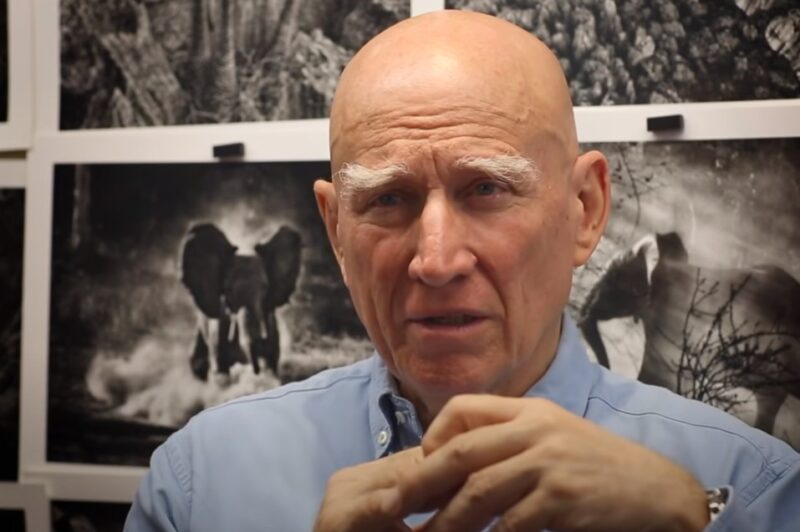
Acclaim in the Artistic Community
Throughout his career, Sebastião Salgado has received numerous awards for his extraordinary contributions to photography and humanitarian causes. These accolades include the Hasselblad Award, the World Press Photo Award, and the Principe de Asturias Award.
Recognized by the World

In recognition of his environmental work, the United Nations Environment Programme (UNEP) appointed him as a “Goodwill Ambassador” in 2001. Furthermore, his book “Genesis” received the German Sustainability Award in 2013. These honors underscore his achievements in melding art, social commentary, and environmental activism.
Imparting Wisdom to Future Generations
Salgado’s influence extends to educational institutions as well. He has delivered lectures at several universities and held honorary doctorates from universities such as the University of Evora and the University of Bath. He continues to inspire and educate the next generation of photographers and global citizens.
Impact of Salgado’s Work on Modern Photography
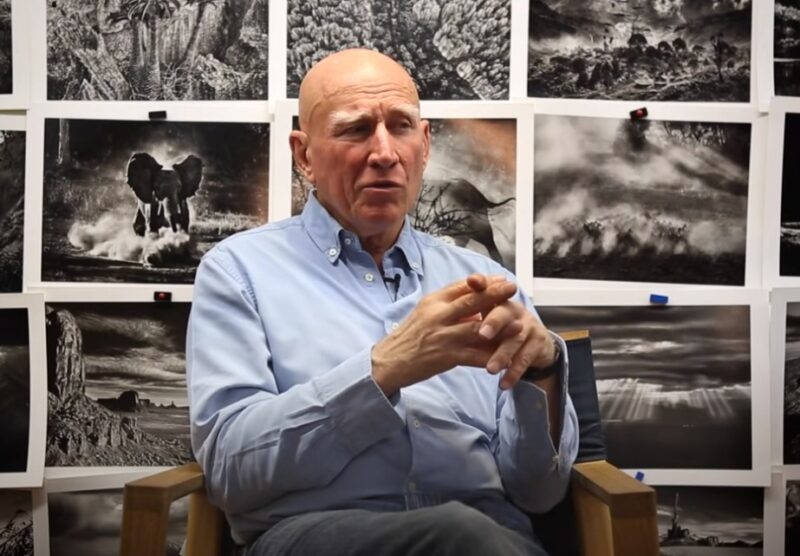
Aesthetic Transformation
Salgado’s unique black-and-white style has left a lasting impact on the aesthetic of modern photography. The raw, dramatic, and evocative nature of his images has influenced many contemporary photographers, leading to a resurgence of interest in monochromatic imagery. His work showcases the power of contrast, light, and shade, proving that color is not the only tool for creating compelling photographs.
Encouraging Social Engagement
Salgado’s extensive documentation of global social issues has encouraged other photographers to engage with such themes. His work challenges the status quo and addresses uncomfortable realities, proving that photography can be a powerful medium for social and political commentary. His influence is seen in the rise of socially engaged photography.
Photography as Activism
Sebastião Salgado has demonstrated how photography can serve as a form of activism. Through his lens, he draws attention to environmental degradation, human rights issues, and societal inequality. He shows how photographers can use their platform to spotlight urgent issues and contribute to effecting change.
Final Words

Sebastião Salgado’s journey from a Brazilian economist to an acclaimed global photographer is as remarkable as the images he produces. His artistry lies in his ability to transform stark realities into a visual poetry of resilience, endurance, and human dignity.
His photographs, steeped in dramatic contrast and intimate narrative, are timeless testaments to our shared human experience, while his books extend these narratives into our homes and hands. The legacy Salgado leaves behind is one of palpable impact, inspiring generations of photographers and global citizens alike to see the world with empathy and respect.
